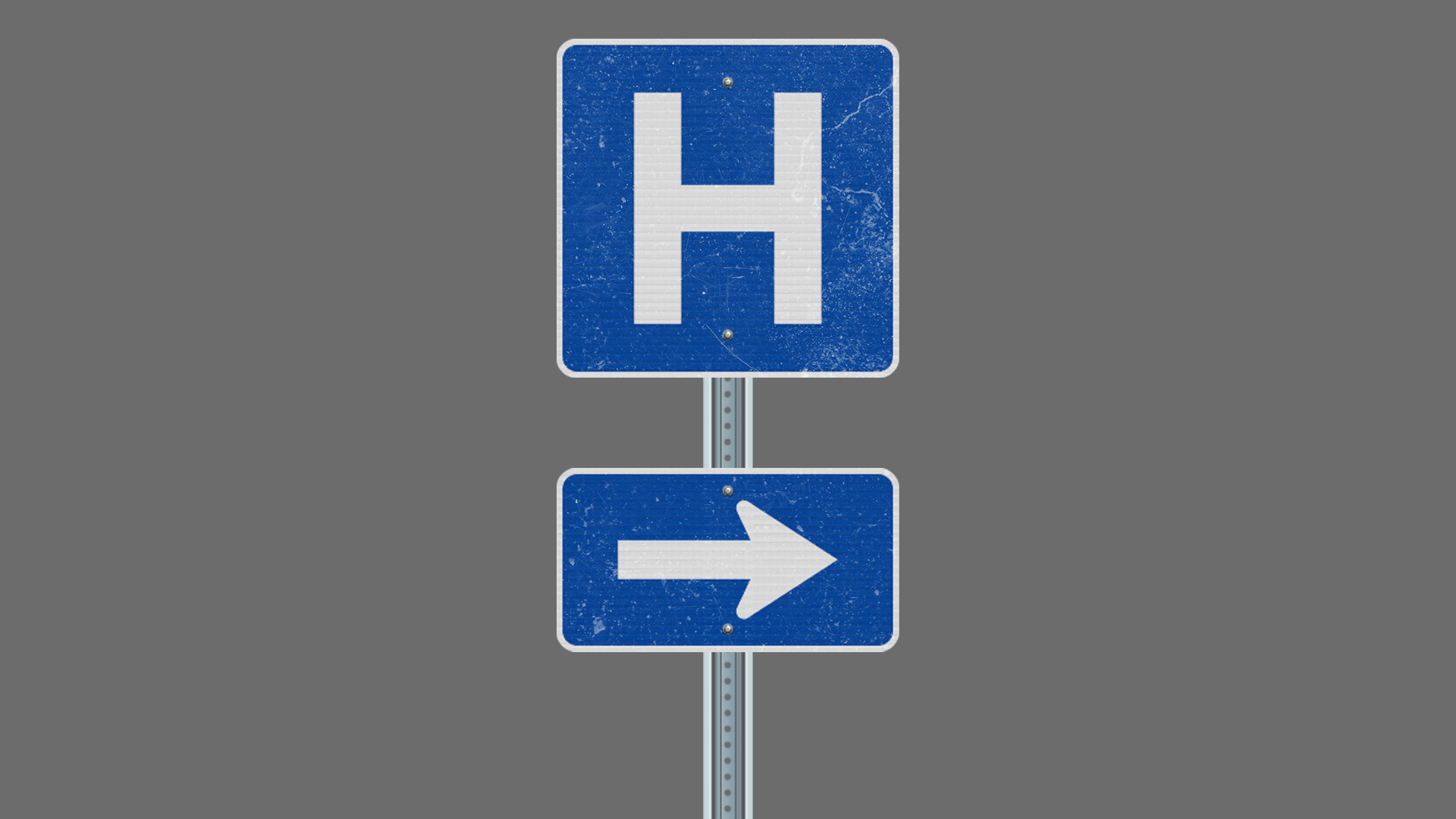 Data: Han, et al., 2022, "Racial and Ethnic Disparities in Drug Overdose Deaths in the US During the COVID-19 Pandemic"; Table: Madison Dong/Axios Visuals Drug overdose death rates during the pandemic were highest among Black men, as well as American Indian and Alaska Native men, according to a study published Tuesday in JAMA Network Open. Why it matters: Drug overdose deaths increased 37% from just before the start of the pandemic through August 2021 — largely attributed to the synthetic opioid fentanyl — and the researchers from the National Institute on Drug Abuse wanted to understand which groups were most impacted. Zoom in: Drug overdose death rates during the pandemic were highest among men compared to women regardless of age or ethnic group. - During the period of March to August 2021, drug overdose death rates were highest among American Indian or Alaska Native men ages 15 through 34.
- They were also highest among Black men and American Indian or Alaska Native men ages 35 to 64.
The results "underscore the urgency of expanding prevention, treatment, and harm reduction interventions tailored to specific populations, especially American Indian or Alaska Native and Black populations, given long-standing structural racism and inequities in accessing these services," the authors wrote. | 







No comments:
Post a Comment